All about the sitar

The sitar is the favorite stringed musical instrument of the Indian peoples. The history of its origin, the sound, the device, as well as the famous sitarists will be discussed in this article.
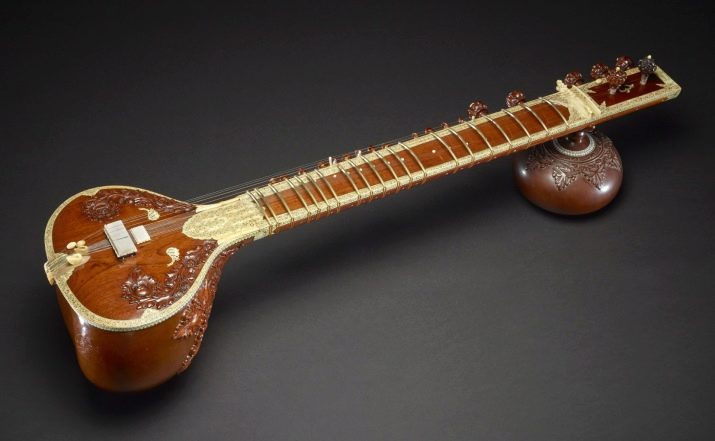
What it is?
The sitar is a stringed musical instrument most often used to perform classical Indian music.... Its name literally means "seven strings" - "se" and "tar".
This instrument is especially popular in India, it appeared there in the XIII century in an era characterized by great Muslim influence.
Initially, it was very similar to such a musical instrument as a Tajik setor or a lute with a rather long neck. However, over time, it has undergone a number of changes.
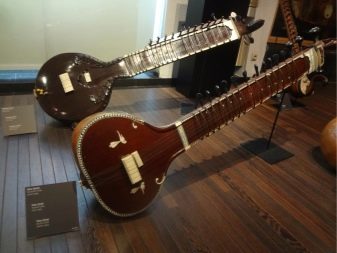
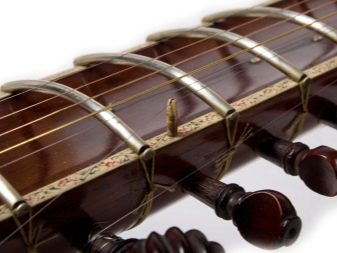
In the modern world, the sitar has 7 main strings, 5 of which are melodic, and the other two are drone. In addition, this musical instrument also has additional, resonating strings. They are called taraf, which means an orchestra, and the number of such strings usually varies from 9 to 13. It is these strings that contribute to the reproduction of unique, unlike anything else sounds, which are the main feature of this musical instrument. It is played with the help of a special pick, which is called the mizrab and is usually worn on the index finger.
In addition, a musical instrument such as the sitar has two pumpkin resonators located at the bottom and top of the neck. The soundboard of the sitar is usually decorated with rosewood or ivory; its frets are most often made of metal and have an arched shape.
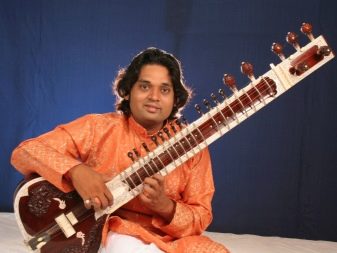

History of origin
As already mentioned, this musical instrument originated in India. The famous music performer of the 13th century Amir Khusro is considered the creator of the sitar. The musical instrument quickly spread throughout India and over time it became rightfully considered a national one.
Before this musical instrument, another plucked instrument was especially widespread in India, drawings of which can be seen on various bas-reliefs dating back to the 3rd century AD.
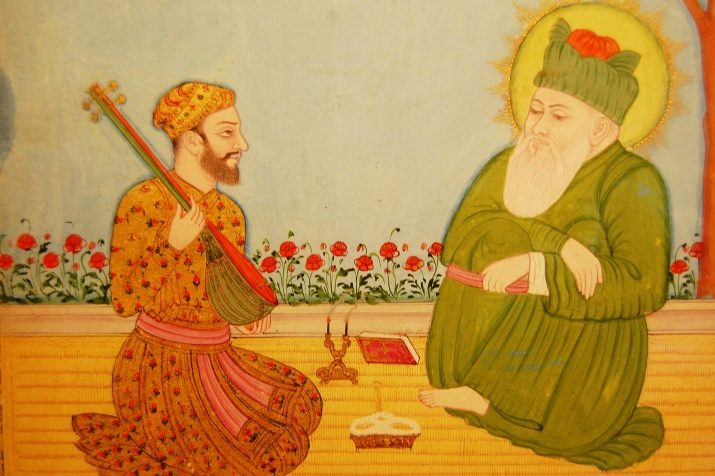
Sound
The sound of the sitar is distinguished by its originality; it is rather difficult to confuse it with the sound of any other musical instrument. It sounds pretty hypnotic. It is because of these features that the sitar fits perfectly into the genre of psychedelic rock. The sounds of this musical instrument go well with rather calm indie rock, as well as with the direction of hardcore metal.
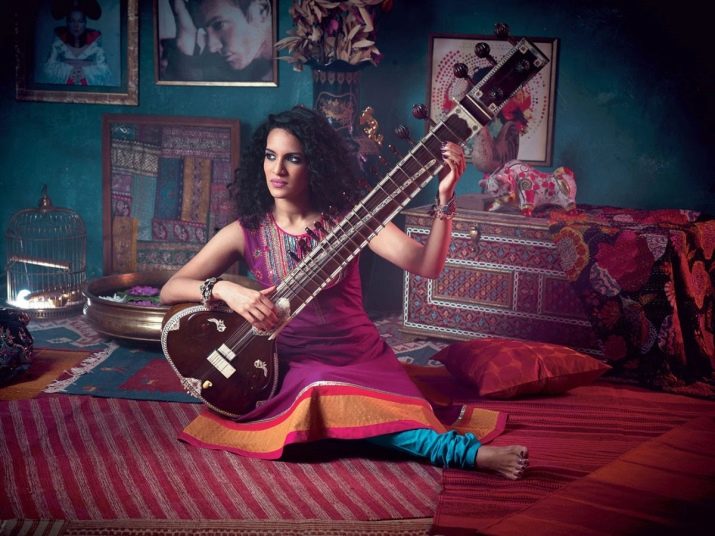
The sound of the sitar can be heard in the next video.
Game Basics
The sitar as an instrument is difficult, and therefore learning to play it will not be easy. Nevertheless, you can learn to play on it, and many take lessons on playing this instrument and master it quite successfully.
The sitar is usually played with a special device called misrab and is something like a mediator we all are used to. However, visually, this device resembles a claw and is intended for the index finger, which is worn. To extract the sounds of the sitar, the most common up and down hand movements are used, but the technique of combinations of movements of this device is quite common. This technique means touching the so-called chikari strings during the melody. This method allows you to make the sound the most rhythmic and definite.
If we talk about tuning a musical instrument, then it is obligatory for him to know the system of notation of notes.
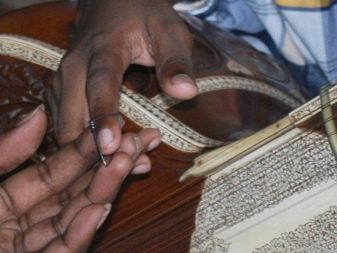
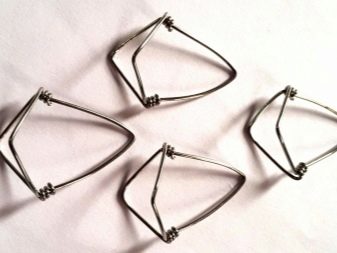
In the classical musical art of India, it is slightly different from the European one. The notes in it are not tied to a specific frequency, but the main tone of the vocalist or the musical instrument itself is taken as the tonic.
Tuning the strings takes place in a rather peculiar way. The second string is taken as the key tonic of a musical instrument - this is the note "Ca" of the lower octave. It is marked with the Latin symbol "S" with a dot at the bottom. The tuning of the first string of a musical instrument occurs in a fourth from the main string, that is, the note "Ma" of the lower octave, the symbol of which is "M" with a dot below. It is these two strings that are considered key and, provided that two or more chikari strings are added to them, tuned to a note per octave, determine the characteristic oriental type of this musical instrument.
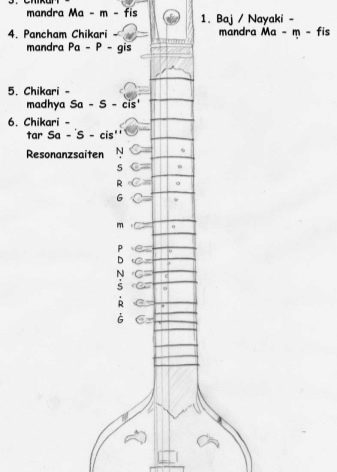

If we talk about the rest of the strings, which are located in the upper row, then their tuning depends solely on the piece chosen by the musician for performance.
The tuning of the remaining strings in the lower row of the sitar depends on the scale.

Notable sitarists
At the present time, the sitar, despite its rather large age, has not been forgotten, it is actively used.
The master of playing the sitar is a performer such as Ravi Shankar... It was he who contributed to the advancement of Indian musical art to the masses of the West. His daughter, Anushka Shankar, is his full-fledged follower. The girl has an exceptional ear for music, as well as a good ability to play the sitar, which was promoted by her father. At the present time, she gives many concerts, where a lot of people gather, all of them are true admirers of Indian live music.
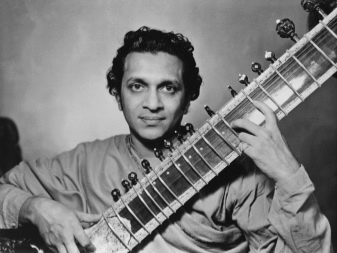

In addition, the following famous sitarists are distinguished: Musharaff Khan, George Harrison, Chote Rahimat Khan, Robbie van Leeuwen.










